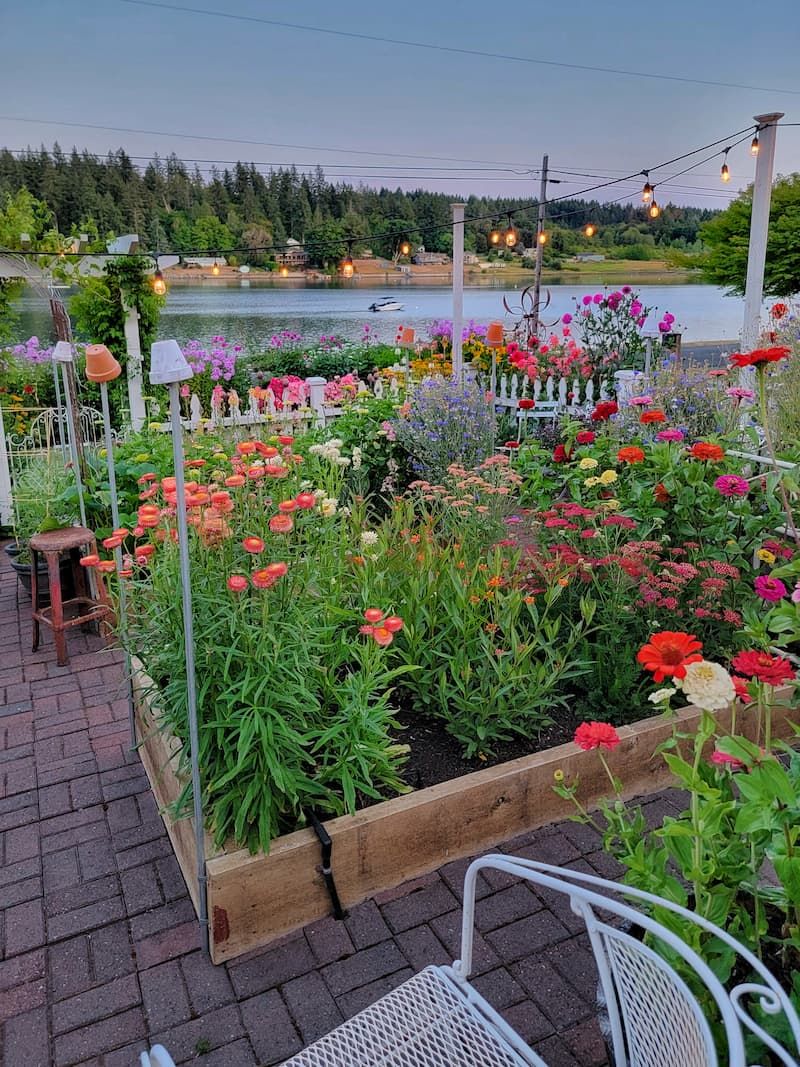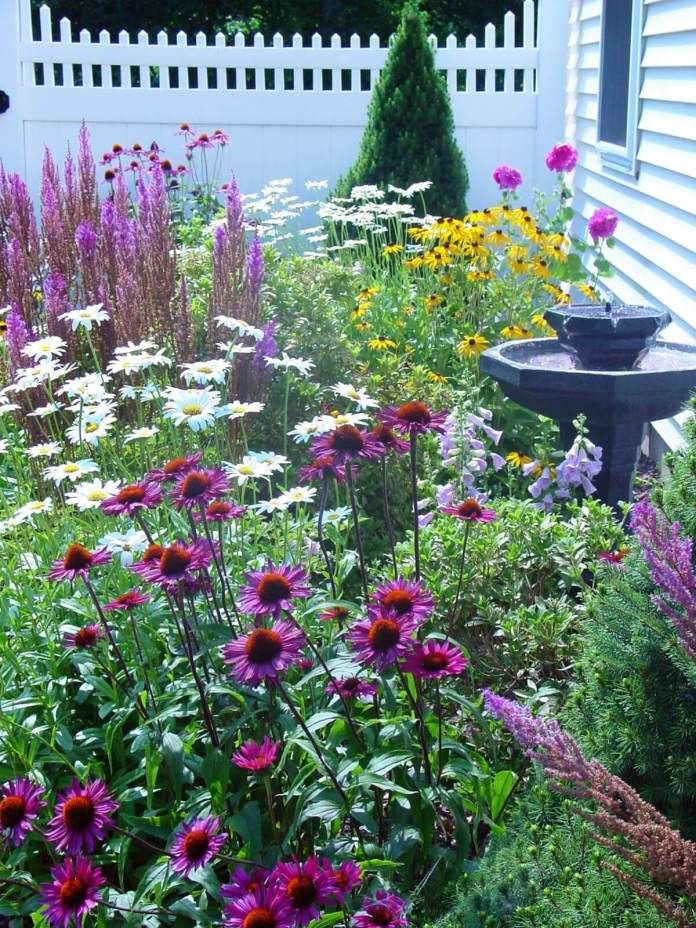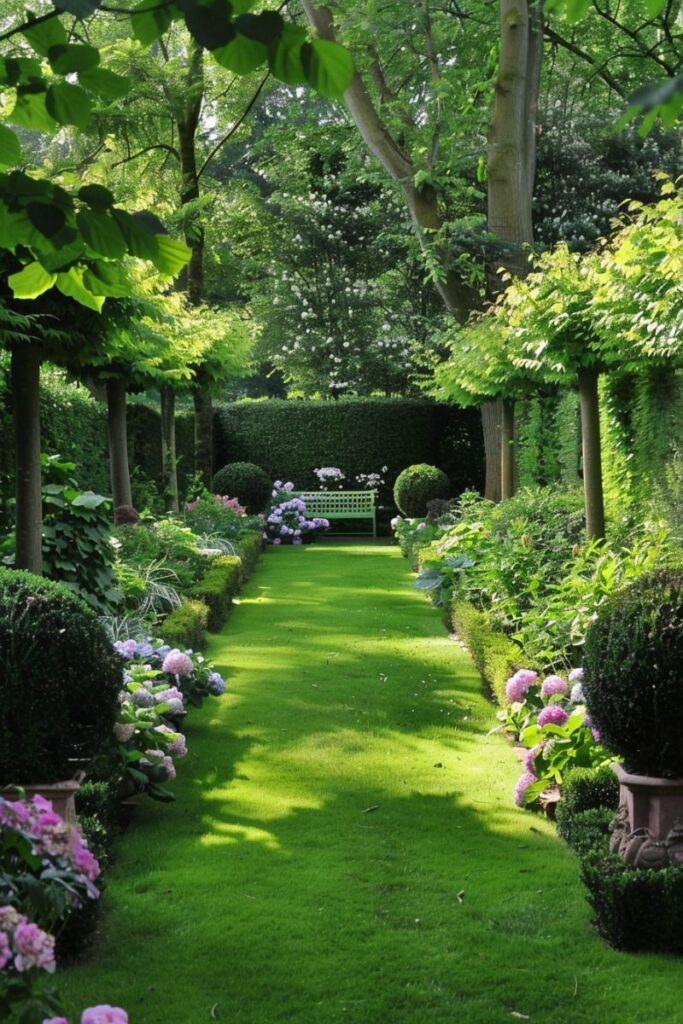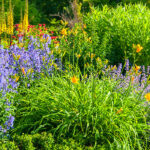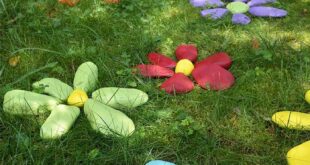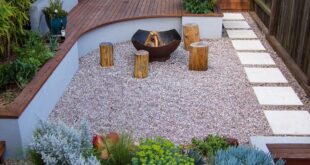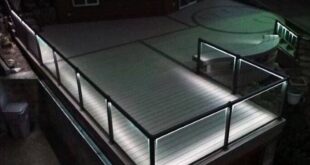When planning a flower garden layout, there are several factors to consider to create a beautiful and harmonious space. One important aspect is the size and shape of the garden. The layout should complement the overall size and shape of the space, whether it is a small balcony, a large backyard, or a sprawling acreage. For smaller spaces, consider using raised beds or containers to maximize planting space and create visual interest.
Another key consideration in flower garden layout is the color scheme. Choose a color palette that complements the surrounding landscape and the overall theme of the garden. Some popular color combinations include monochromatic schemes, complementary colors, or analogous colors. Incorporating a mix of colors can create a dynamic and visually appealing garden that changes throughout the seasons.
In addition to color, consider the height and texture of the plants in the garden layout. Mix and match different heights and textures to create depth and visual interest in the garden. Tall plants can serve as focal points or backdrops, while shorter plants can be used as fillers or edging. Combining different textures, such as smooth leaves with fuzzy flowers or spiky foliage with delicate blooms, can add dimension and complexity to the garden design.
When designing a flower garden layout, consider the functionality of the space. Create pathways or walkways to easily access different areas of the garden and allow for maintenance tasks such as weeding and watering. Incorporate seating areas or outdoor furniture to enjoy the garden and relax amidst the blooms. Adding features such as trellises, arbors, or water features can also enhance the garden layout and provide visual interest.
Consider the seasonality of the plants when planning the flower garden layout. Choose a mix of annuals and perennials that bloom at different times of the year to ensure a continuous display of flowers throughout the seasons. Incorporating flowering bulbs, shrubs, and trees can also provide interest and structure to the garden layout, even when the annuals are not in bloom.
Finally, when designing a flower garden layout, consider the overall theme or style of the garden. Whether it is a formal, structured garden with geometric shapes and symmetrical plantings, or a more informal, cottage-style garden with flowing lines and abundant plantings, the layout should reflect the desired aesthetic. Incorporating elements such as garden ornaments, sculptures, or decor can also enhance the overall design and create a cohesive look for the flower garden.
 yishifashion Where Outdoor Dreams Become Reality
yishifashion Where Outdoor Dreams Become Reality
